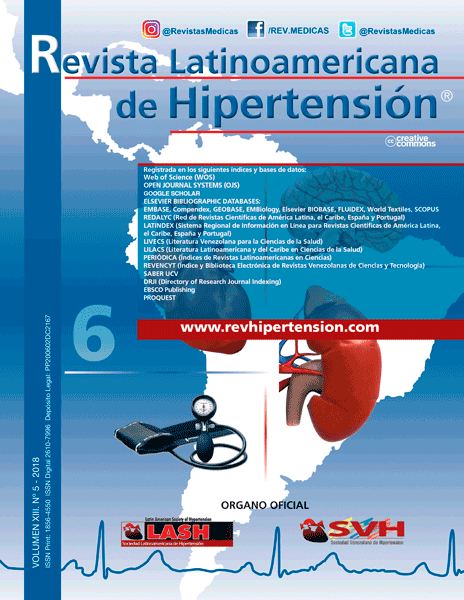Comparison of the Effect of Corticosteroid Therapy and Pre-natal Single-period Treatment on Birth Size and Neuronal Development in Preterm Infants With one Year Follow up in Yasuj Hospitals in 2015-2017
Palabras clave:
Corticosteroid, Neural evolution, premature babiesResumen
Since the first reported benefits of corticosteroidprescribing in 1972, many studieshave shown that pre-natal corticosteroidcan reduce morbidity and mortality in preterminfants. But the ideal diet for prescribingcorticosteroids is still uncertain. Becausecorticosteroid efficacy has not been well establishedbefore 7 days, some doctors use prenatal corticosteroidtherapy on a weekly basis when the risk ofpreterm delivery is still present. There is evidence that repeatedembryonic contact with corticosteroids may notonly be unprofitable, it is also dangerous, and there areworries about the adverse effects of birth rates especiallyon the head circumference, followed by impaired nervousevolution. A case-control study was conducted in a prospectivestudy from 2015 to 2017. The study was performedon single-parent mothers who were referred onlyto preterm delivery in the 28th to 33rd weeks of gestation.These mothers were treated with corticosteroids inorder to prevent complications of preterm delivery in twogroups of 23 patients. Mothers who visited weekdays receiveda betamethasone course, and mothers who visitedcouples on weekdays received betamethasone at weeklyintervals if they continued to receive remission and failedto deliver. At birth, the height, head circumference andweight of the newborns were measured and compared,and also the complications of obesity were assessed. Atone year, growth parameters were measured and comparedin two groups, and in addition the neurodevelopmentalcondition was tested CLAMS / CAT were reviewedand compared. The results of this study did not show theinhibitory effect of corticosteroid therapy on birth rates,which, unlike many animal and human studies, showeda significant reduction in the subsequent growth indicesin the Crotone group. Although one of the goals of prenatalcorticosteroid treatment is to achieve more beneficialpulmonary effects, this study did not improve the administrationof recurrent prognosis in premature infants.Concerns about the association between smaller headsizes due to corticosteroid treatment and impaired braindevelopment in animal models and some human studieshave been shown. But there is still no evidence to supportthis hypothesis. Our study also did not address frequentpre-natal coronary events, along with an increase in theincidence of neurodegenerative disorders. In this study,the effect of repeated administration of corticosteroid onthe time of birth and some complications of obesity havebeen investigated and a one-year follow-up examines theeffect of weekly treatment on neurodevelopmental parametersand compares them between the two groups.In the present study, the sex composition of neonates wassimilar at birth and at one year of age, and there was nosignificant difference.Descargas
Los datos de descargas todavía no están disponibles.

